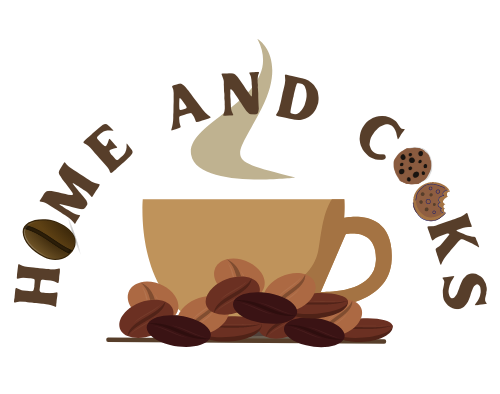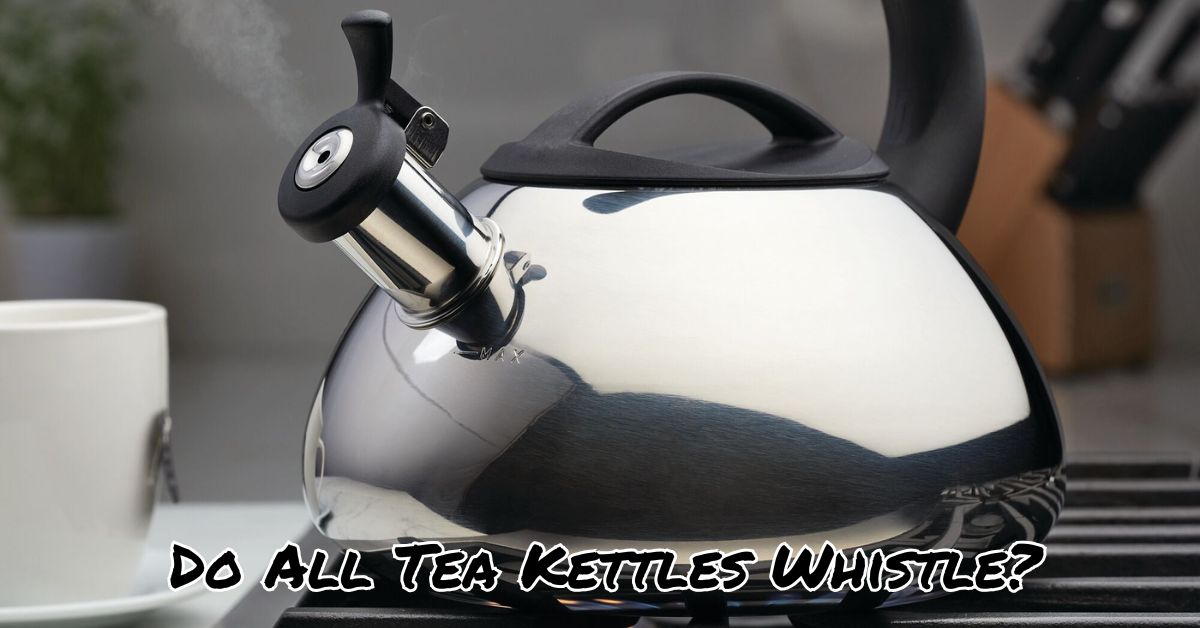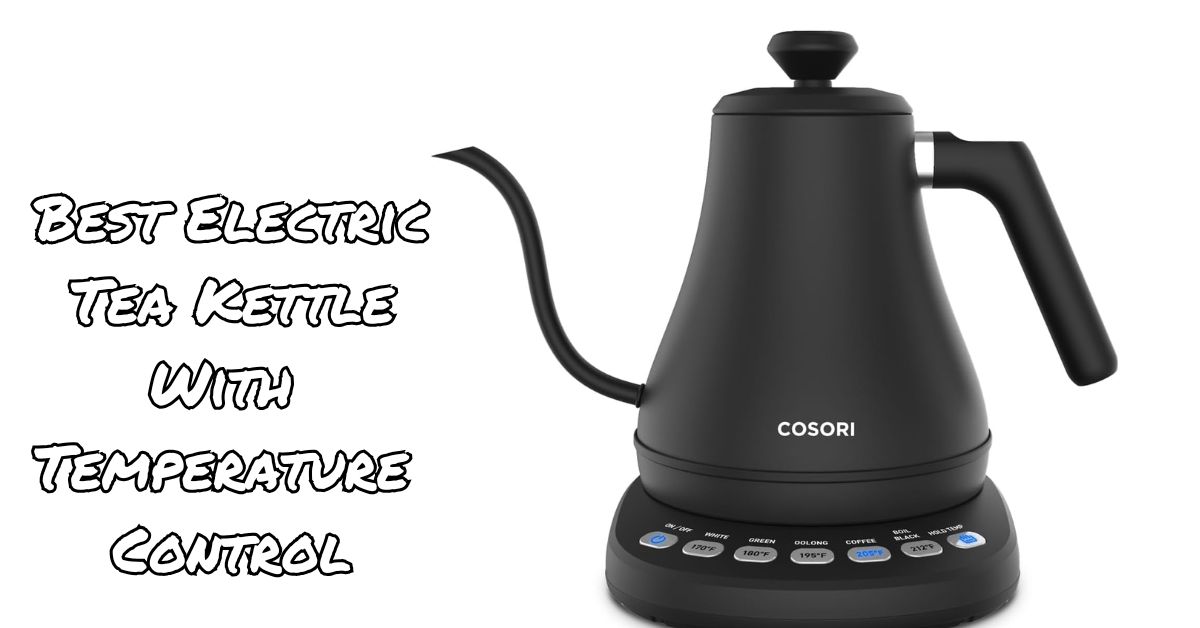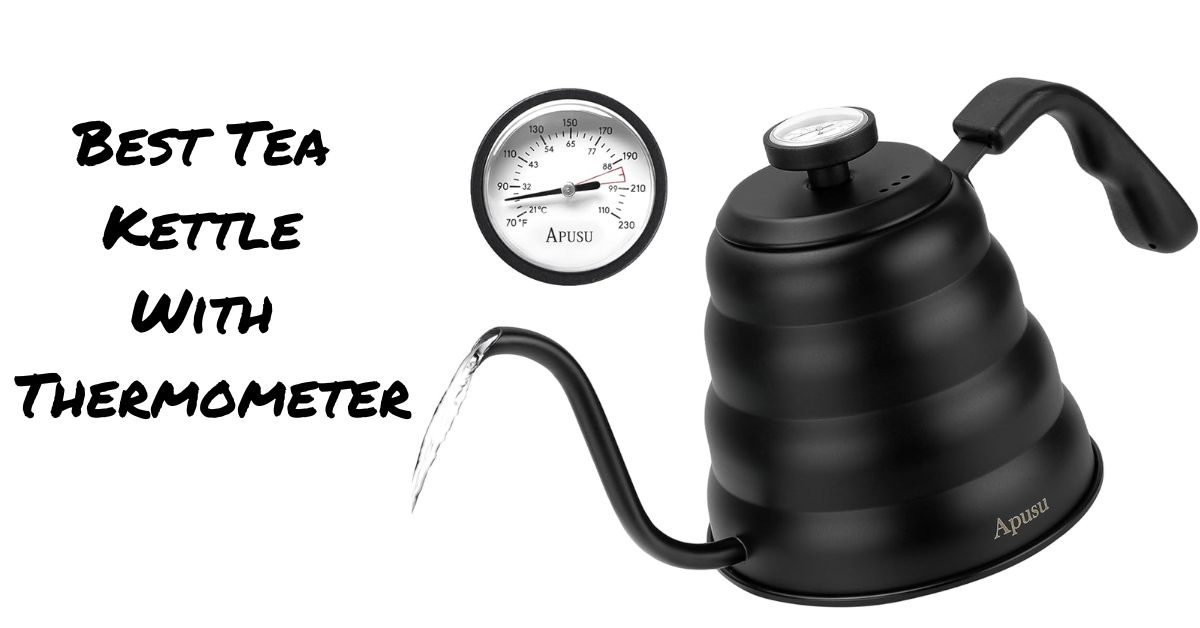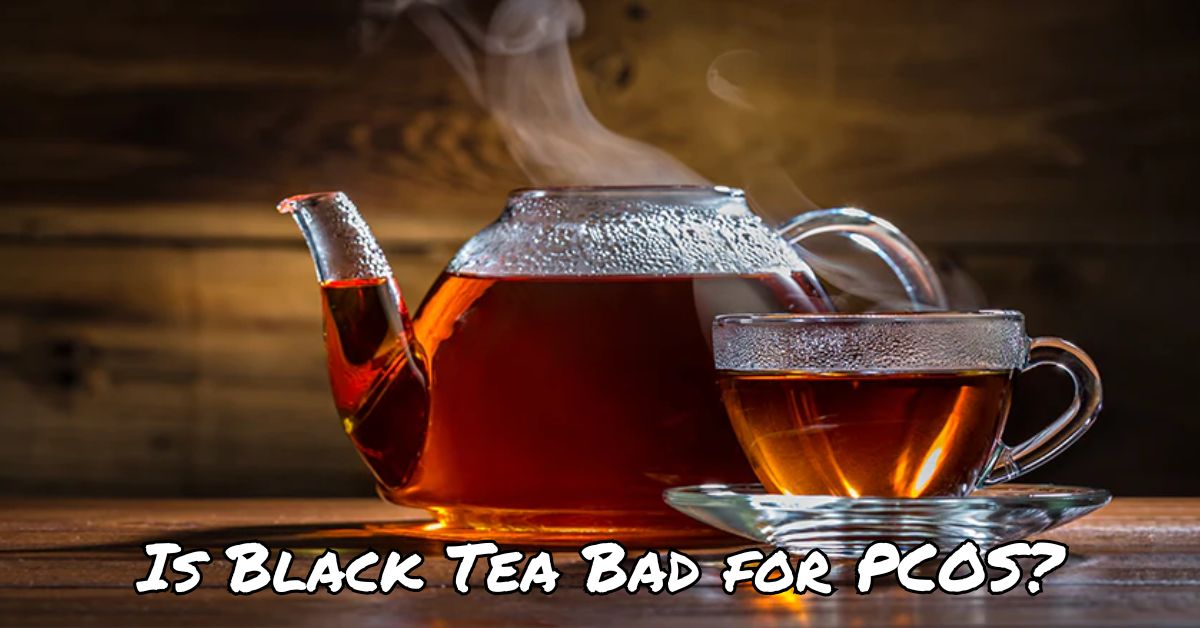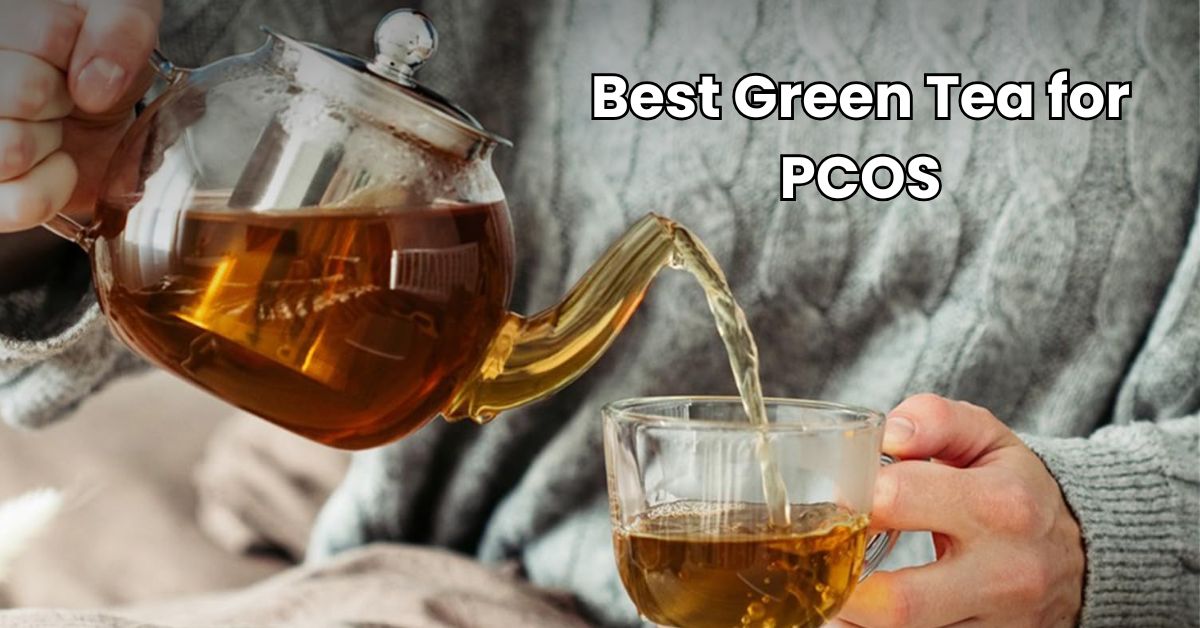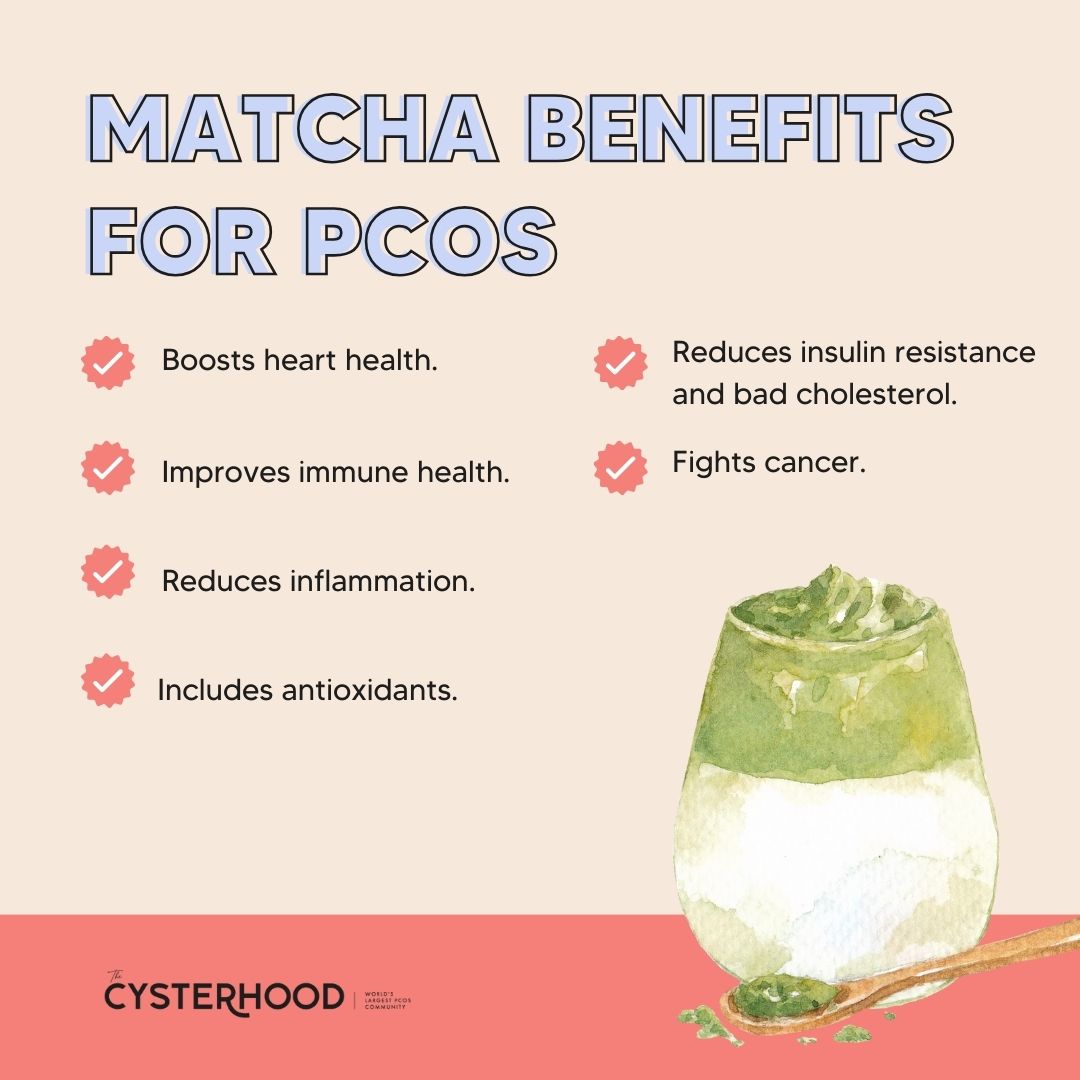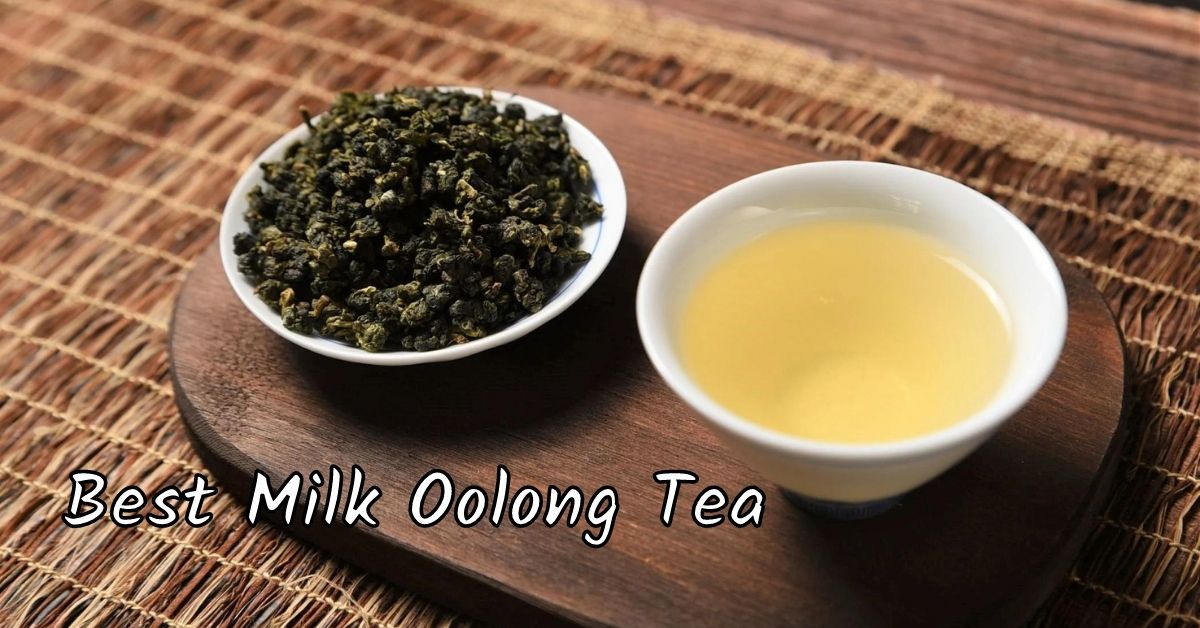No, not all tea kettles whistle. Some do, some don’t.
Tea kettles come in various types and designs. While many traditional kettles whistle when the water boils, signaling it’s ready, some modern kettles lack this feature. Knowing whether your kettle will whistle or not can be important. It helps avoid over-boiling and ensures safety in the kitchen.
In this blog post, we will explore the reasons behind the whistling feature, the different types of tea kettles available, and what to consider when choosing one. Whether you’re a tea enthusiast or just curious, understanding the ins and outs of tea kettles can enhance your tea-making experience. Let’s dive into the world of tea kettles and discover more.
Related Post: Best Whistling Kettle for Gas Stove

Credit: www.thewhistlingkettle.com
Introduction To Tea Kettles
Tea kettles have been a staple in kitchens for generations. They are used to boil water for tea, coffee, and other hot beverages. But have you ever wondered why some tea kettles whistle while others do not? Understanding the history and modern designs of tea kettles can shed light on this mystery.
History Of Tea Kettles
Tea kettles have a long and rich history. The first kettles appeared in ancient China. They were made of cast iron and were used to boil water for tea. Over time, tea kettles spread to other parts of the world. Each culture added its own unique designs.
In the 19th century, the whistling tea kettle was invented. This innovation helped prevent kettles from boiling dry. The whistle was a simple but effective safety feature. It alerted people when the water was ready.
Modern Tea Kettle Designs
Today’s tea kettles come in many shapes and sizes. Some are electric, while others are stovetop models. Modern designs focus on efficiency and safety. Many kettles have automatic shut-off features.
Not all modern tea kettles whistle. Electric kettles often use lights or sounds to indicate boiling. Stovetop kettles may still have whistles. The choice depends on personal preference and convenience.
Design materials have also evolved. Stainless steel, glass, and silicone are common. These materials help improve heat conduction and durability. The variety of designs ensures there is a kettle for every kitchen.
The Whistling Mechanism
Not all tea kettles whistle, but many do. The whistling feature is both practical and charming. It alerts you when the water is boiling. But how does this simple mechanism work? Let’s explore the science behind it.
How Whistling Works
The whistling sound happens due to steam. When water boils, it turns into steam. This steam escapes through a small opening in the spout. As the steam passes through, it causes vibrations. These vibrations create the familiar whistling sound.
Think of it like a musical instrument. The steam acts like the breath, and the kettle’s spout is like the instrument. The smaller the opening, the higher-pitched the whistle. It’s a simple yet effective design.
Common Materials Used
| Material | Properties |
|---|---|
| Stainless Steel | Durable, rust-resistant, and easy to clean |
| Aluminum | Lightweight and heats up quickly |
| Glass | Non-reactive and allows you to see the water level |
| Copper | Excellent heat conductor and adds a classic look |
Stainless steel is the most common material for whistling kettles. It’s strong and lasts long. Aluminum is another popular choice. It heats up faster but isn’t as durable as stainless steel. Glass kettles let you see the water boil, which is fun and practical. Copper kettles are beautiful and conduct heat well, but they need more care.
Types Of Tea Kettles
Tea kettles are a staple in many kitchens. They come in various types and styles. Each type has its features and benefits. Understanding these types can help you choose the right kettle for your needs. Below, we’ll explore the two main types of tea kettles: Stovetop Kettles and Electric Kettles.
Stovetop Kettles
Stovetop kettles are the traditional choice for boiling water. They are placed directly on a stove burner. They come in various materials such as stainless steel, copper, and glass. Here are some features of stovetop kettles:
- Durable: Made from robust materials that last a long time.
- Whistling: Most stovetop kettles whistle when the water is boiling.
- Heat Source: Can be used on gas, electric, and induction stoves.
Stovetop kettles are often favored for their classic look and simplicity. They do not require electricity, making them useful during power outages.
Electric Kettles
Electric kettles are a modern alternative to stovetop kettles. They are powered by electricity and have many convenient features. Here are some benefits of electric kettles:
- Speed: Boil water faster than stovetop kettles.
- Automatic Shutoff: Feature that turns off the kettle once the water boils.
- Temperature Control: Some models allow you to set the exact temperature.
Electric kettles are ideal for those who need hot water quickly. They are also great for making tea that requires specific water temperatures. They come in different sizes and designs to fit various kitchen styles.
| Feature | Stovetop Kettles | Electric Kettles |
|---|---|---|
| Whistling | Yes | No |
| Speed | Slower | Faster |
| Temperature Control | No | Yes (in some models) |
| Power Source | Stove | Electricity |
Why Some Kettles Don’t Whistle
Not all tea kettles whistle. Understanding why some kettles don’t whistle can help you choose the right one for your needs. Let’s explore the reasons behind this difference.
Design Choices
Tea kettle designers make conscious choices. Some kettles lack a whistle due to their construction and design elements. For example, some kettles are designed with a wide spout that doesn’t allow for the same buildup of steam pressure needed to produce a whistle.
Additionally, certain materials used in kettle construction, like glass or ceramic, may not support a whistle mechanism. These materials often provide a more aesthetic appeal but lack the functional components needed for a whistle.
Consumer Preferences
Many consumers prefer a silent kettle. The whistling sound can be annoying or startling, especially in quiet households. Some people enjoy the visual indication of boiling water, such as seeing bubbles or steam, rather than relying on a sound.
Another factor is the kettle’s intended use. Some kettles are designed for use on electric stoves or even induction cooktops, which may not require a whistling feature due to their precise temperature control.
| Feature | Whistling Kettle | Non-Whistling Kettle |
|---|---|---|
| Material | Metal | Glass/Ceramic |
| Spout Design | Narrow | Wide |
| Consumer Preference | Sound Alert | Visual Alert |
Ultimately, the choice between a whistling and non-whistling kettle is personal. It depends on your preferences and needs.
Benefits Of Whistling Kettles
Whistling kettles have gained popularity among tea enthusiasts and kitchen aficionados. These kettles offer several benefits, making them a preferred choice for many. The whistle sound serves more than just an auditory cue; it enhances the overall experience of boiling water. Let’s explore the specific benefits of whistling kettles.
Safety Features
Whistling kettles provide an important safety feature. The whistle alerts you when the water has reached boiling point. This reduces the risk of the kettle boiling dry. It also helps prevent potential fire hazards. A whistling kettle ensures you never forget about the boiling water.
Convenience Factors
Whistling kettles offer great convenience. The loud whistle can be heard from another room. You don’t need to stand by the stove. This allows you to multitask without worry. The whistle indicates it’s time to prepare your tea. This makes the process effortless and stress-free.
Popular Brands And Models
Tea kettles come in various brands and models. Some kettles whistle, while others do not. Knowing which brands and models are popular can help you choose the best kettle for your needs. Below are some well-known whistling and non-whistling tea kettles.
Top Whistling Kettles
Whistling kettles alert you when your water boils. Here are some popular models:
- Le Creuset Classic Whistling Kettle: This kettle is known for its durability and vibrant colors.
- Cuisinart Aura: A stainless steel option that is easy to clean and has a loud whistle.
- OXO Brew Classic Tea Kettle: Features an ergonomic handle and a reliable whistle.
Non-whistling Alternatives
Some people prefer kettles that do not whistle. Here are some popular models:
- Fellow Stagg EKG: A sleek, electric kettle with temperature control.
- Hario V60 Buono: Known for its precision pouring, ideal for coffee and tea.
- Breville IQ Kettle: Offers various temperature settings and a quiet operation.
Maintenance Tips
Maintaining your tea kettle is crucial for its longevity and performance. Regular upkeep ensures your kettle remains functional and safe to use. Below are some maintenance tips to keep your tea kettle in top shape.
Cleaning Techniques
Clean your tea kettle regularly to avoid mineral build-up. Use a mixture of vinegar and water. Fill the kettle halfway with water and add a cup of vinegar. Boil the mixture and let it sit for 15 minutes. Rinse thoroughly with clean water. For the exterior, use a damp cloth and mild detergent. Avoid abrasive cleaners to prevent scratches.
Prolonging Lifespan
To extend the life of your tea kettle, dry it after each use. Store it in a cool, dry place. Avoid leaving water in the kettle for long periods. Use filtered water to reduce mineral deposits. Check the whistle and spout for blockages. If the whistle stops working, inspect and clean it. Regularly check for any signs of wear or damage. Replace any faulty parts promptly.
Choosing The Right Kettle
Finding the perfect tea kettle can be a delightful experience. The right kettle not only brews your tea but adds charm to your kitchen. Whether you prefer a classic design or a modern look, it’s essential to choose a kettle that meets your needs.
Factors To Consider
Several factors play a role in selecting the right tea kettle. First, consider the material. Stainless steel kettles are durable and easy to clean. Glass kettles let you see the water boil, adding a visual appeal. Cast iron kettles keep water warm for longer periods.
Next, think about the size. A small kettle is perfect for one person. Larger families may need a bigger kettle. Also, pay attention to the handle. It should be comfortable to hold and stay cool while boiling water.
Another key factor is the heating method. Some kettles are stove-top, while others are electric. Electric kettles heat water faster. Stove-top kettles offer a more traditional tea-making experience.
User Reviews And Ratings
Reading user reviews can provide valuable insights. Real experiences help you understand the pros and cons of each kettle. Look for consistent feedback on durability and ease of use.
Ratings also play a crucial role. Kettles with higher ratings usually perform better. They are often more reliable. Check if users mention the whistle feature. Some people love it, while others find it annoying.
Pay attention to reviews mentioning the spout. A good spout ensures a smooth pour. Also, check if users faced any issues with rusting or leaks. Reviews help you make an informed decision.
Frequently Asked Questions: Do All Tea Kettles Whistle?
Do All Tea Kettles Make A Whistle Sound?
Not all tea kettles whistle. Whistling kettles have a built-in mechanism that produces a sound when water boils. Electric kettles usually don’t whistle.
How Does A Tea Kettle Whistle?
A tea kettle whistles through a small hole in the spout cover. When water boils, steam escapes, creating the whistling sound.
Why Do Some Kettles Not Whistle?
Some kettles do not whistle because they lack the special spout mechanism. Electric kettles also typically don’t have a whistling feature.
Are Whistling Kettles Better?
Whistling kettles alert you when water boils, preventing over-boiling. However, non-whistling kettles can be more stylish and quieter.
Conclusion
Not all tea kettles whistle. Some are quiet, while others hum. Choosing the right kettle depends on your needs. A whistling kettle alerts you when water boils. A silent one might be better for a peaceful home. Consider your preferences and kitchen style.
Now you know the options. Happy tea time!
